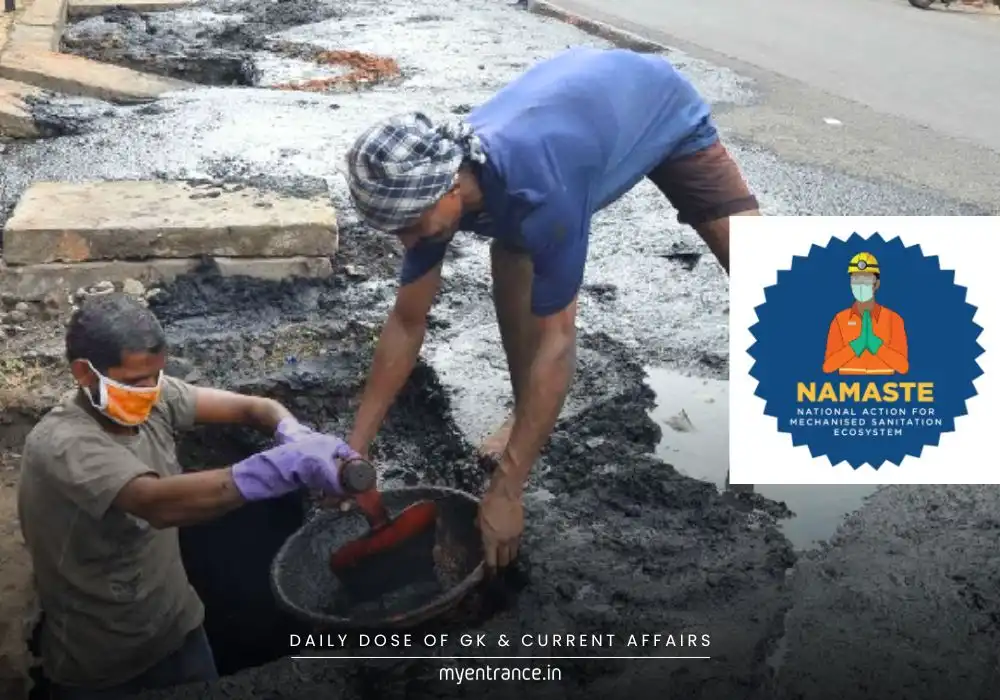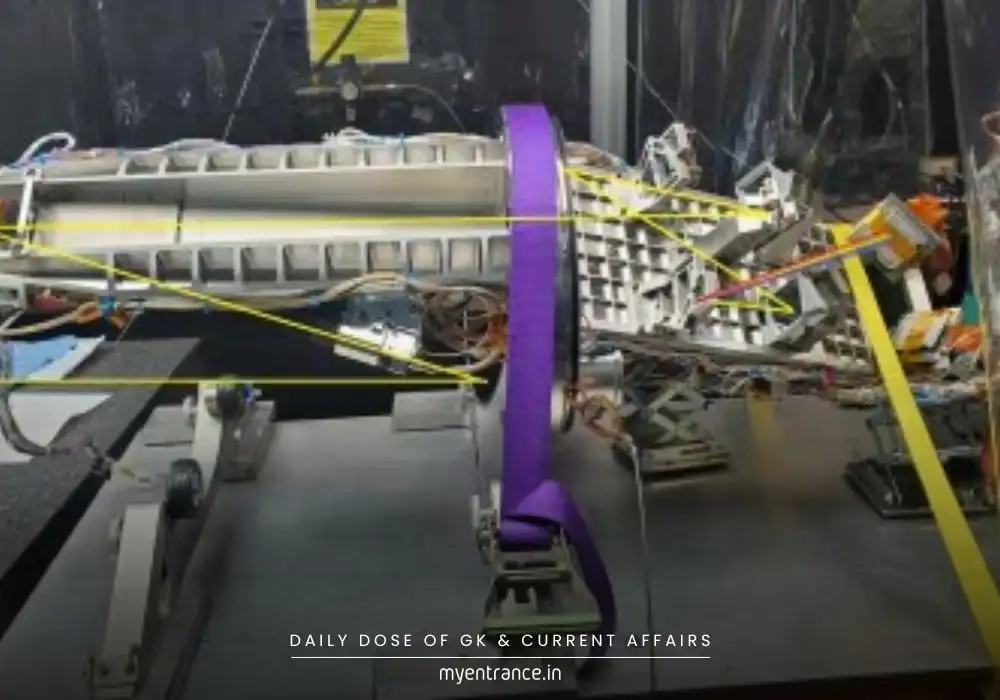Translate Language
Uttarakhand’s Plant Rescue Mission: Why Are These 14 Endangered Plants Key to India’s Ecology?
Uttarakhand has launched a groundbreaking project to rescue 14 critically endangered native plants from extinction. Spearheaded by the state’s Forest Research Wing, this initiative combines scientific cultivation, habitat mapping, and monsoon-driven replanting – setting a national conservation benchmark.

The Himalayan Rescue Mission:
Nestled in the Himalayas with 69% forest cover, Uttarakhand isn’t just a biodiversity hotspot—it’s racing against time to save its rarest flora. Since July 2025, the Uttarakhand Forest Department’s Research Wing has been executing India’s first systematic effort to revive 14 critically endangered plant species after four years of meticulous preparation.
So, Who Did They Select?
The team prioritized species facing imminent extinction, handpicking plants from IUCN Red List and state biodiversity records. The rescue list includes:
Medicinal powerhouses like Himalayan Gentian (liver disorders), Indian Spikenard (ayurvedic oils), and White Himalayan Lily (used in Chyavanprash)
Ecological anchors such as the Kumaon Fan Palm and Doon Cheese Wood
Other vulnerable species decimated by overharvesting, habitat loss, and climate change
Why These Plants Matter
Uttarakhand’s ecosystems—from alpine meadows to Terai grasslands—rely on these species. Their decline threatens not just biodiversity but also traditional medicine systems. Many take decades to regenerate naturally, making human intervention critical.
The Science Behind the Rescue
Researchers developed custom propagation techniques using seeds, bulbs, and cuttings across high-altitude nurseries. Simultaneously, historical habitats were mapped and prepped by:
Removing invasive species
Installing anti-grazing fences
Establishing GPS-monitored protection zones
Monsoon 2025 marked Phase 1 of replanting, with survival rates closely tracked.
Challenges & Commitment
Restoring species like the near-extinct Himalayan Yew involves battling poor germination, landslides, and infrastructure projects. The Forest Department’s dedicated research centers and patrol teams remain pivotal to overcoming these hurdles through continuous monitoring.
A National Blueprint
This project pioneers a replicable model for other Indian states. By proving that plant conservation can parallel wildlife efforts, Uttarakhand underscores a vital truth: saving medicinal plants isn’t just ecological duty—it’s preserving India’s natural heritage.
Q&A about The Himalayan Rescue Mission:
Q1. Which state leads India’s first program to revive critically endangered plants?
A1: Uttarakhand, through its Forest Department’s Research Wing.
Q2. Name two medicinal plants being conserved in this initiative.
A2: Himalayan Gentian (liver treatment) and Indian Spikenard (aromatic oils).
Q3. What percentage of Uttarakhand is forested?
A3: 69%, making it a Himalayan biodiversity hotspot.
Q4. When did the replanting phase begin?
A4: July 2025 (monsoon season).
Q5. Which organization categorizes these species as endangered?
A5: IUCN Red List and Uttarakhand State Biodiversity Board.
Why This Matters for Exams:
UPSC/State PSCs: Covers biodiversity conservation (GS Paper III), governance initiatives, and sustainable development goals.
SSC/Forest Services: Tests knowledge of IUCN categories, Himalayan ecology, and species-specific facts.
Current Affairs: Highlights India’s first state-led plant revival program (2025).
Thematic Relevance: Connects to environmental laws, medicinal plant preservation, and climate adaptation strategies.
Get 3 Months Free Access for SSC, PSC, NIFT & NID
Boost your exam prep!
Use offer code WELCOME28 to get 3 months free subscription. Start preparing today!















